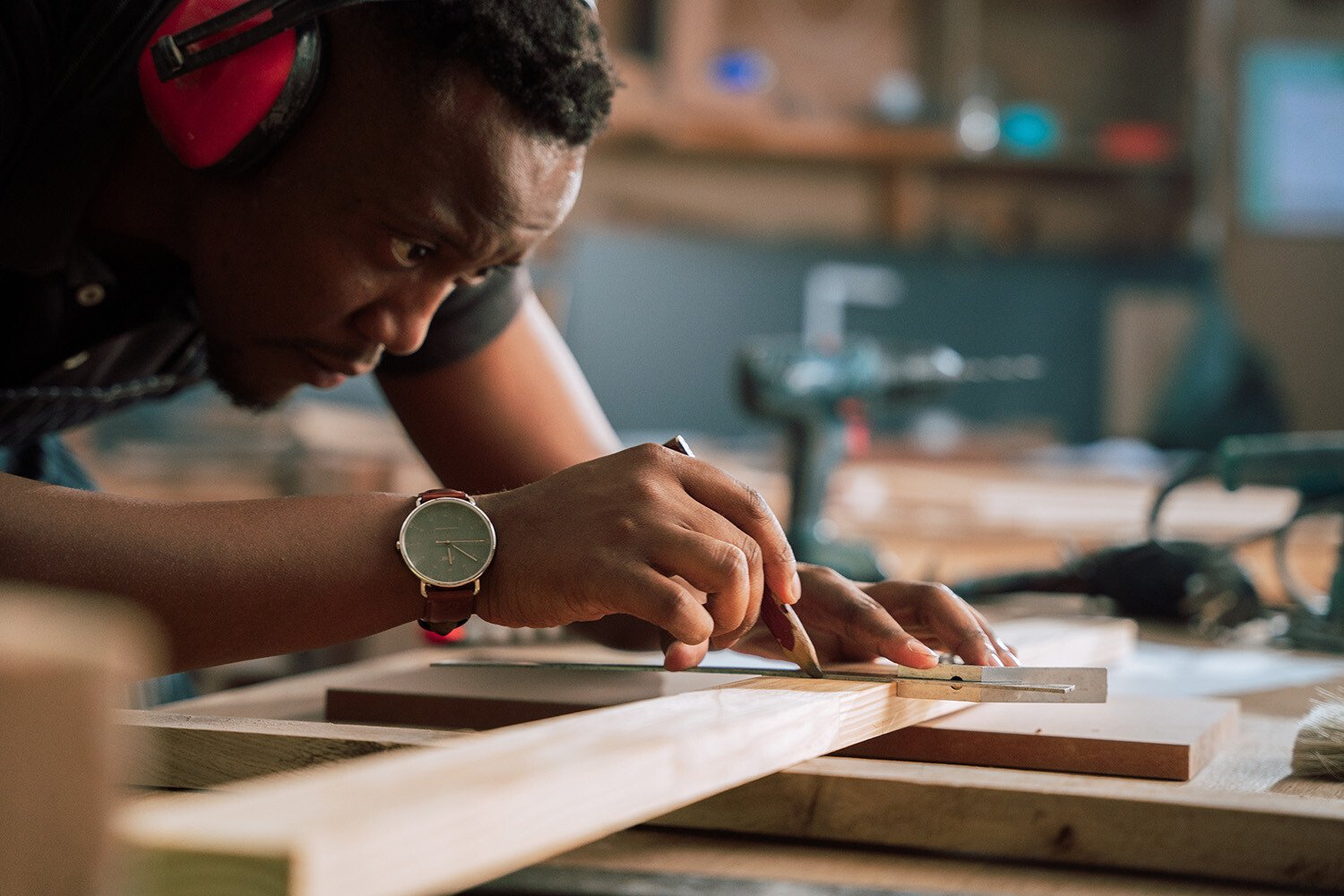Survey Says! Reaping the Rewards of Data Through Smart Polling

Posted By Kathy Wilson on September 28, 2017
We at Tier One are big believers in the power of independent research. Smart, unbiased research provides value in many ways – from helping to underscore the need for a client’s solutions or services, to positioning a company as a thought leader and resource in its industry, to serving as the foundation for a compelling media pitch or piece of contributed content.
I recently chatted with Regina Corso, founder and principal of Regina Corso Consulting. Regina has an impressive research background, including many years spent at some of the world’s largest research firms before launching her own practice.
I asked Regina her views of how the research discipline has evolved, how organizations should consider structuring research projects, and other best practices that help ensure the time spent on research will reap the desired rewards.
Q: What are some common misconceptions when it comes to launching a research project?
The primary misconception is related to cost. A lot of people get scared about the idea of a research study because they think a project will cost at least six figures. But the research field has come a long way in simplifying our processes thanks to the modern methods we use today. Research used to be collected primarily via telephone interviews, which was very time intensive and, thus, more costly. But today, more than 90% of surveys are conducted online. This means we can send out tens of thousands of emails and very quickly and cost effectively get responses, especially for business-to-consumer surveys that typically have larger sample groups. Thanks to technology, our industry has greatly streamlined the research process, enabling us to work much more efficiently.
Q: How does a company go about creating a survey?
It’s really a partnership between the researcher and the company. Good researchers have learned a little about a lot. But we often don’t know the nuances of a particular topic the same way a client does. We like to kickoff our projects with a brainstorming session, where the key survey stakeholders get on phone and talk through the topic, explain why the survey is being conducted, and whom they’re trying to target. We help our clients explore the questions they want to ask and, importantly, the four to five headlines they’d like to see come out of the research. For instance, a survey intended to produce data for a trade journal is very different from one designed to get USA Today Snapshot coverage. This upfront work gives us the insights to ensure we’re asking the right questions to help our clients get a shot at their ideal headlines.
Q: What are some best practices around questionnaire development?
First, you don’t want your survey respondents to get bored and abandon the questionnaire. So surveys should ideally take a respondent between five and eight minutes to complete, which is about 22-25 questions in total. Interestingly, any survey that takes a respondent fewer than five minutes to complete makes them feel cheated. People want to share their opinions, which entails answering more than one or two questions.
Q: What are some of the common types of research?
Almost all research today is quantitative. Qualitative research (e.g., focus groups) was big in the 90s but has largely gone by the wayside today, primarily due to the high costs. Omnibus research is one of the most popular current approaches. It’s the least costly way for companies to quickly get a couple of data points that can be used in a press release. Omnibus research is effective when polling a large group of adult consumers, age 18-plus. It’s not as useful when trying to reach a subgroup – for instance, Nintendo Switch users. Once a technology or product reaches at least 50% saturation in the market, we know we’ll get a sample size big enough that the media will take stock.
Q: What’s considered a legitimate sample size?
For a sample of the general U.S. population, age 18-plus, 1,000 responses is considered the gold standard. Once we start slicing the population, the ideal sample size changes. For instance, parents comprise only a third of the U.S. population, so 800 parents of children under 18 would be considered a legitimate sample. Ideal sample sizes get even smaller for business-to-business surveys, for instance, polling of IT decision makers. In those instances, we find a company only needs 250 respondents to have a legitimate sample size.
Q: How much time does it take to execute a research project?
It depends on the project. Custom projects (for instance, a survey of physicians or IT decision makers) typically take four weeks to execute once the questionnaire is finalized. But omnibus surveys can often be completed in fewer than two weeks.
Q: How do you create the lists?
There are companies called “panel companies” that create lists. But just like good and bad research companies, there are good and bad panel companies. For instance, some panel companies pay their respondents, which creates communities of “professional respondents” that can game the system. A better approach is panel companies that incentivize participants through sweepstakes or point systems. This provides enough of an incentive to get potential respondents interested but not enough that they’ll become “professional respondents.” Good panel companies are also constantly refreshing their lists. The hardest group to fill is young men (ages 18-29). Panel companies go creatively to where this demographic is (for instance, gaming sites) to recruit participants for their panels.
Q: Lastly, what should a company keep in mind when launching a research project?
Be sure your polling won’t be self-serving. A smart reporter quickly sees through a self-serving poll. You also want your poll to be creative. Take the time upfront to brainstorm and carefully craft your questionnaire. Research should never be rushed if you can avoid it. Of course, there are times during a crisis when you need research turned around quickly and must act accordingly. But if you have the time, budget one to two weeks for your questionnaire design period. This time will help you avoid pitfalls later on.

Kathy Wilson
Kathy Wilson is a Co-founder and Managing Partner at Tier One, where she leads the agency's Boston office and serves as a strategic client counselor. She taps her three decades of experience in B2B and B2C technology, digital healthcare, and financial services — including work counseling major brands like SAP, Citrix, Ultimate Software, GHX, and Ally Financial — to help clients meet critical business and marketing objectives. Kathy is a die-hard Red Sox fan and loves nothing better than a summer day at Fenway Park.


